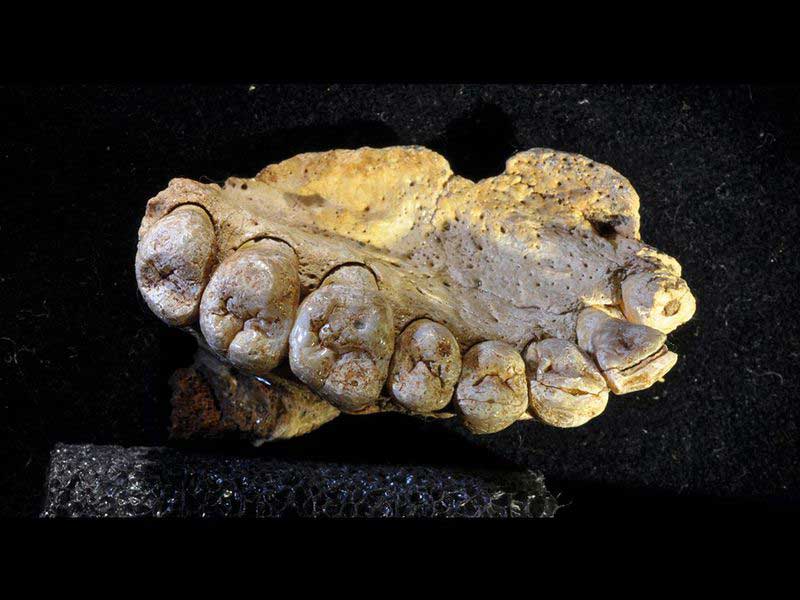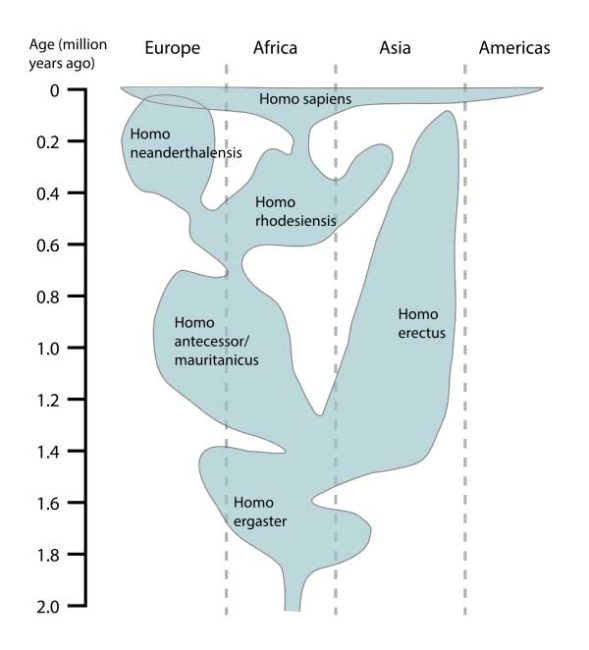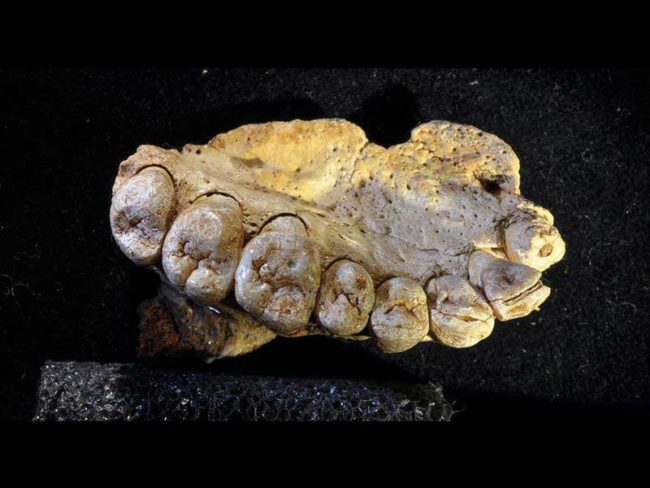
It’s an exciting new discovery, evidence that humans wandered out of Africa far earlier than has been previously appreciated. The media is quite rightly all over it, and has been trumpeting the details. For example …
Washington Post – Scientists discover the oldest human fossils outside Africa
BBC – Modern humans left Africa much earlier
NPR – New Fossil Found In Israel Suggests A Much Earlier Human Migration Out Of Africa
… and many more. What is perhaps in some respects also far more appropriate is that these folks have something to say about it …
Smithsonian.com – Earliest Human Remains Outside Africa Were Just Discovered in Israel
This is not a “me to” posting, I don’t intend to simply repeat a variation of the various media stories. Instead I’m attempting to set it in some context and to explain why this earlier migration is probably not an ancestor of humans living today.
Questions
The discovery of the jaw of a modern human in Israel has the potential to push an out-of-africa migration date back to 185,000 years ago. Until now, it has been previously concluded that modern humans migrated from Africa a lot later, so if you will forgive the play on words, that is quite literally a jaw-dropping date.
First obvious question – Can they be sure about that date, has it been independently verified?
Three separate laboratories used three separate dating methods. They explain this within the paper published in Science. They all independently dated the remains to be between 177,000 and 194,000 years old. I should also note that they were all unaware of the suggested date or the dates from any of the other laboratories.
Beyond this discovery, is there any other evidence for early human migrations?
To some degree, yes.
The Skhul and Qafzeh archaeological sites in Israel have resulted in modern human remains that date to between 90,000 and 125,000 years ago. There have also been some recent discoveries in China that date to 80,000-120,000 years ago, so evidence of far earlier human migrations is indeed mounting up. A date of 185,000 years ago however is even earlier.
Now on to the key point – Is anybody alive today directly descended from these early migration pioneers?
No, probably not. The general consensus that still prevails is that humans today were part of a migration that took place about 60,000 years ago. What this new evidence is revealing is that while that was the definitive migration, there were earlier migrations. Those however most probably led to extinction for those that ventured out. This view is not simply a guess, there is no genetic evidence within our DNA for any humans today being part of an earlier migration.
It is complicated
We often hold simplistic views and then discover something that indicates that things are not that simple.
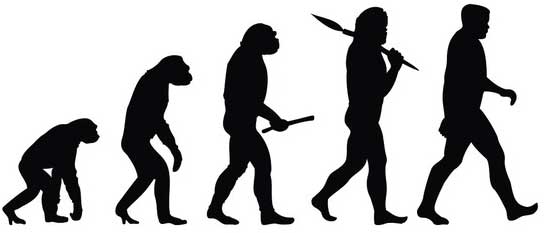 For example, if you think about popular images of human evolution in general (see image above) then you would perhaps be tempted to think that we are perhaps unique and the one and only example of the emergence of intelligence. The picture showing progress from an Ape like ancestor to a modern human tends to promote the idea if it being a single unique line.
For example, if you think about popular images of human evolution in general (see image above) then you would perhaps be tempted to think that we are perhaps unique and the one and only example of the emergence of intelligence. The picture showing progress from an Ape like ancestor to a modern human tends to promote the idea if it being a single unique line.
It is not like that and is instead more akin to a bush.
We now know that modern humans have shared the planet with other different hominids that had similar potential. For example Neanderthals, Denisovans, and also Homo erectus. None of them were us and also we shared the planet with them at some point. We replaced them and so they are gone now – we alone thrived and survived. The fact that we did once share this planet with other different species of intelligent hominids is quite frankly fascinating. Instead of the image above, it is more like the following …
… and yet even the above is a tad simplistic, scale out a bit and it looks like this (that’s us in the bottom right) …
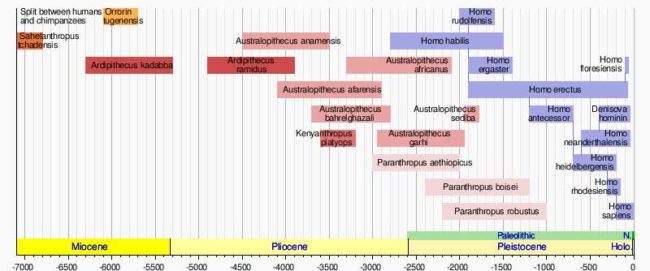 Anyway, to get back to my specific point, it has been tempting to think about there being just one migration out of Africa. Since the DNA evidence confirms that we are all related to those who were part of a migration roughly about 60,000 years ago, it becomes a bit of a revelation to learn that there were other earlier migrations. In other words the picture that begins to emerge is that it is all a bit more complicated than has been previously appreciated.
Anyway, to get back to my specific point, it has been tempting to think about there being just one migration out of Africa. Since the DNA evidence confirms that we are all related to those who were part of a migration roughly about 60,000 years ago, it becomes a bit of a revelation to learn that there were other earlier migrations. In other words the picture that begins to emerge is that it is all a bit more complicated than has been previously appreciated.
Another example of complexity is that the prevailing view has been that modern Homo Sapiens emerged about 200,000 years ago, and yet that view is also now starting to change. For example there was a paper regarding the discovery of fossils that appear to be early versions of Homo sapiens in Morocco and that has a date of about 315,000 years.
The Puzzle
It is a complicated puzzle, very complicated and as we find yet another piece we proceed to appreciate that previously held views are just too simplistic.
Israel Hershkovitz, a professor of anatomy and anthropology at Tel Aviv University and one of the authors of the new study, expresses it like this …
“If human evolution is a big puzzle with 10,000 pieces, imagine you only have 100 pieces out of the picture, You can play with those 100 pieces any way you want, but it will never give you the accurate picture. Every year we manage to collect another piece of the puzzle, but we are still so far from having the pieces we need for a solid idea of how our species evolved.”
Further Reading
You can find the paper regarding this latest discovery on Science here. (Sorry, but yes, there is a paywall there).
